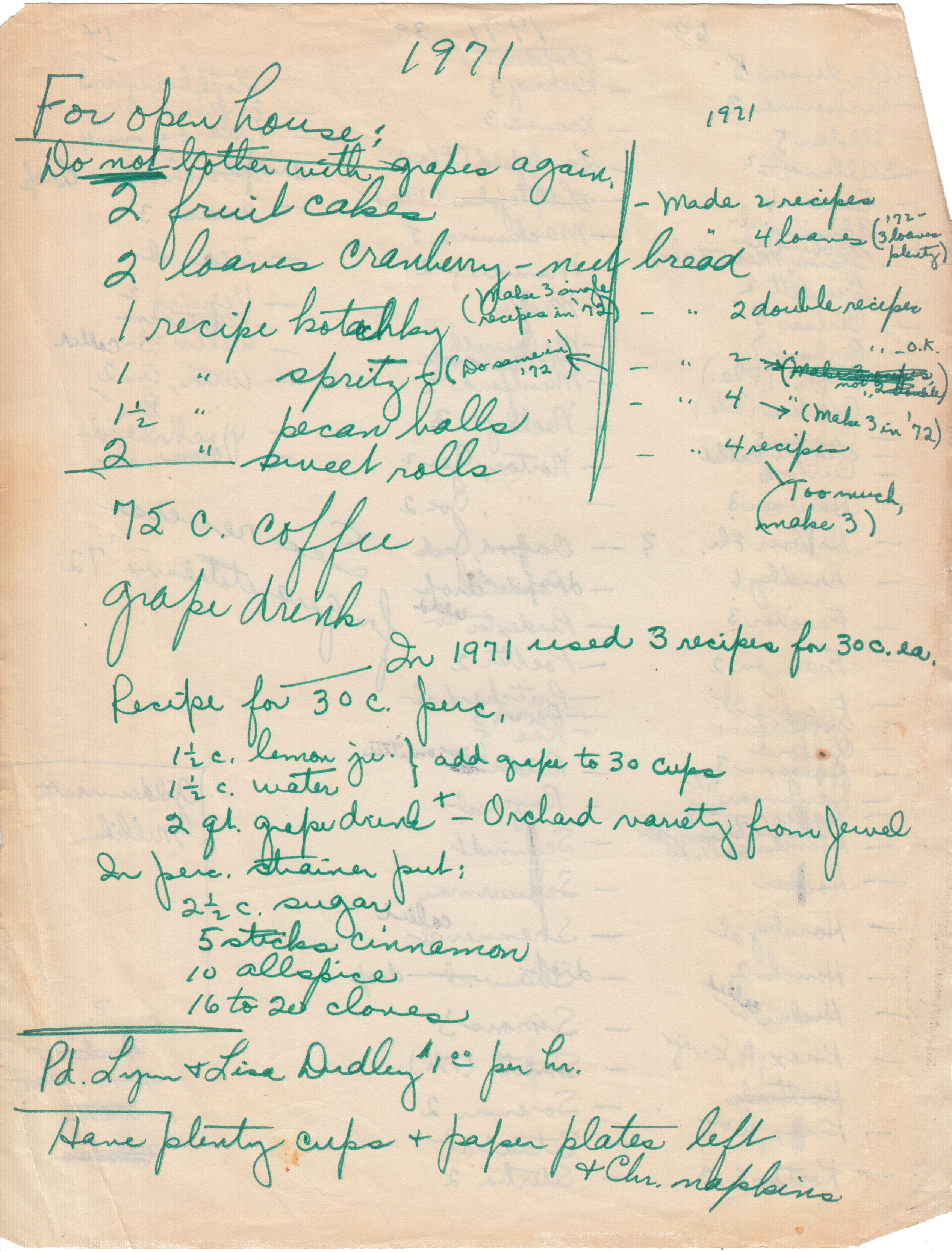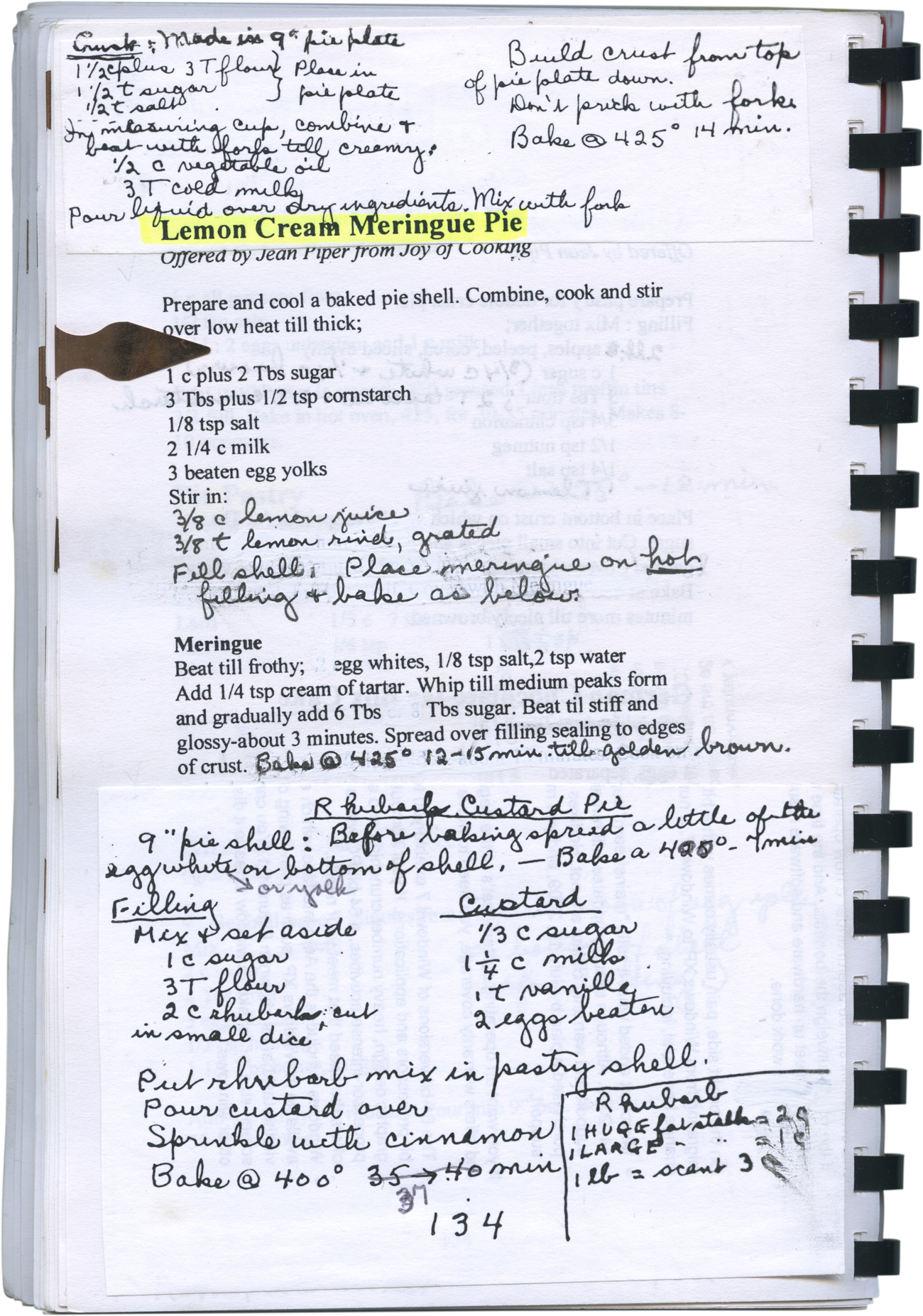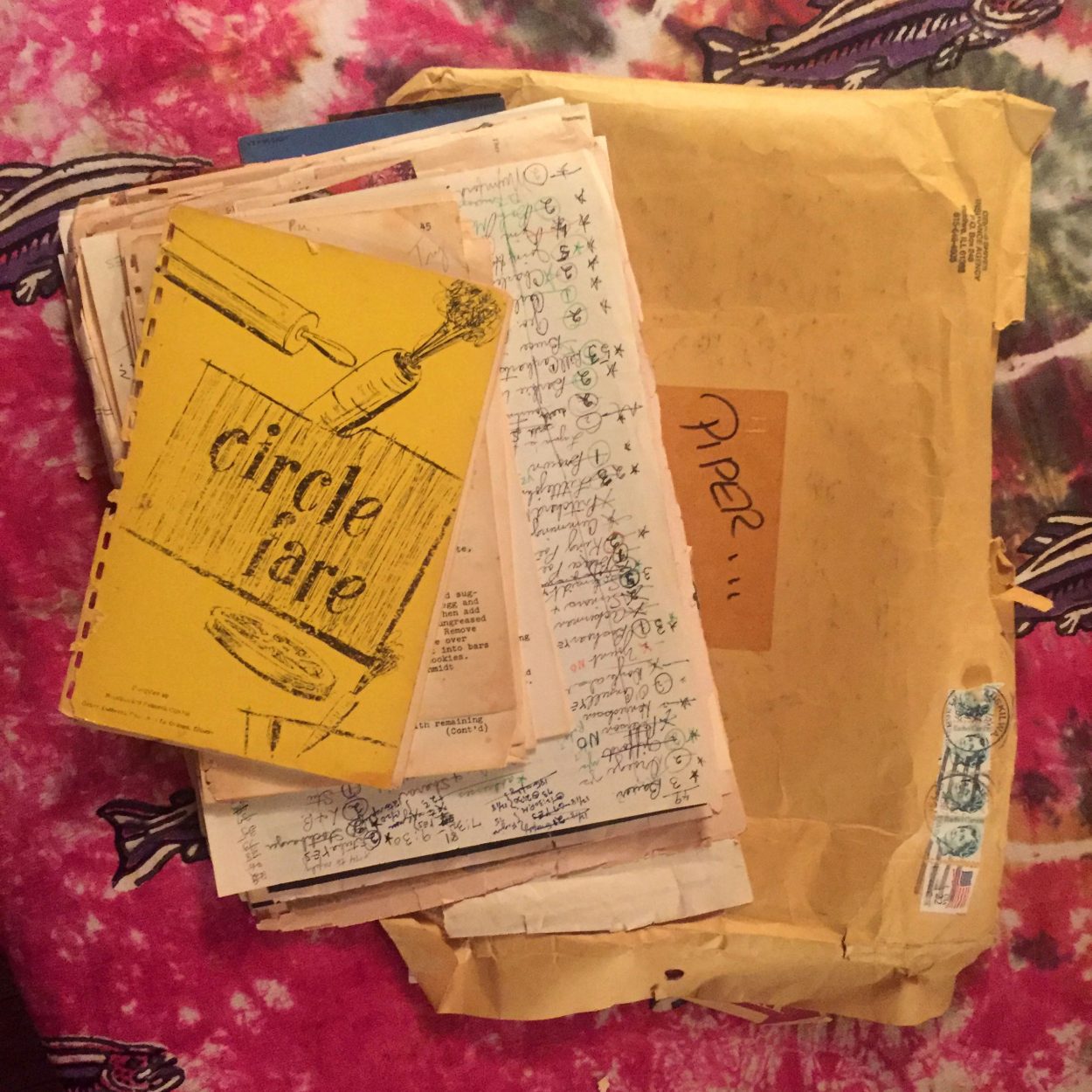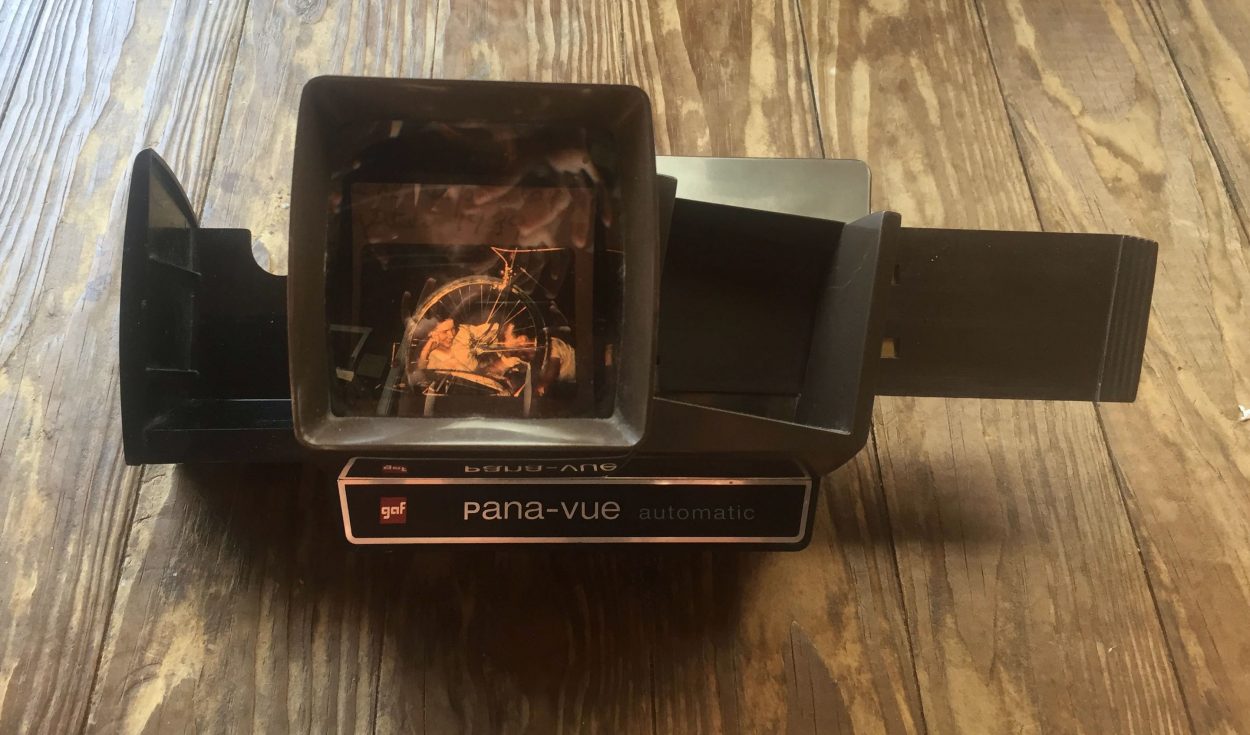Published
Family recipe for classic white frosting
This is my Grandma Piper’s classic white frosting recipe that she always used on the family recipe for white layer cake. Her notes: “This frosting is super. It never hardens on the cake. BUT, it is only enough for sides and top. So must use a filling.” I just doubled it for B’s birthday cake and there was plenty left over.
I’d never heard of a frosting with a flour and milk base before so looked it up online. Apparently this is “ermine” frosting. I was sort of skeptical, but it is really, really nice. It’s not quite as sweet as a standard buttercream, and Grandma Piper is right. It stays so fluffy, it’s kind of crazy. It was super easy to spread even after it had been in the fridge (after it had come to room temp, of course).
***
Double the quantities if using it for the top, sides, and inside of this white layer cake recipe.
- In a saucepan, combine 5 T all purpose flour and 1 c (225 mL) milk, and cook until very thick. Whisk constantly! If you manage to avoid lumps, you won’t have to push it through a sieve later. Put it aside and let it cool completely.
- In a KitchenAid mixer or a large bowl with hand beaters, cream together 1 c (227 g) unsalted butter, 1 c (125 g) powdered sugar, and 1 t vanilla until white and fluffy.
- Add the 100% cooled milk mixture to the butter mixture and beat them together for around 10 minutes. At the end, the frosting should be lump-free and the consistency of thick whipped cream.
- If you still have lumps, push the frosting through a fine mesh sieve to get the majority out.
- Store in an airtight container in the fridge until ready to use.



